As climate extremes intensify across the globe — from wildfires and floods to rising food insecurity — the world’s largest economies are under pressure to accelerate the shift away from fossil fuels. Yet in Indonesia, a $1.2 billion investment deal, reportedly backed by a Chinese investor, is taking shape that risks pulling the country in the opposite direction — and, by extension, complicating the clean energy leadership narratives that both Chinese and Indonesian actors have worked hard to promote.
At the center of this deal is a proposed project in Kalimantan, a coal-rich region of Indonesia located on the island of Borneo, north of Java, where the capital, Jakarta, is located. An as-of-yet unnamed Chinese company is reportedly in talks to revive a stalled effort to turn low-grade coal — an abundant but highly polluting fuel — into dimethyl ether (DME), a synthetic gas sometimes marketed as a cleaner alternative to traditional cooking fuels. The Indonesian government has promoted DME as a way to reduce its reliance on imported liquefied petroleum gas (LPG). But make no mistake: this is still a coal-based project — and a carbon-intensive one at that.
Kalimantan is no ordinary location. It’s a place of immense ecological importance, home to dense rainforests and rich biodiversity. It is also the planned site of Indonesia’s new capital, Nusantara, envisioned as a modern, sustainable city that represents the country’s future. To channel billions into fossil fuel infrastructure in such a symbolically and environmentally significant region feels at odds with that vision.
Wealth grows as governments backpedal
The potential investment is not being driven by state-led climate policy. Rather, it appears to be a profit-oriented move by a private Chinese firm drawn by the project’s financial appeal. A senior official from Indonesia’s Ministry of Energy recently noted that the company’s internal rate of return is projected to exceed 15% — a figure that helps explain the commercial motivation, even if the environmental rationale remains weak.
This DME initiative is not new. It was initially launched in 2022 by PT Bukit Asam Tbk (PTBA), a major state-owned coal mining company under Indonesia’s mining holding company, Mining Industry Indonesia (MIND ID). PTBA had partnered with the US-based energy firm Air Products, but the deal collapsed in 2023 when Air Products withdrew to redirect its investments to the US, where it could benefit from generous clean energy tax credits. Since then, PTBA has actively sought new foreign partners to fill the gap, with Chinese firms emerging as leading contenders.
Daya Anagata Nusantara (Danantara), Indonesia’s sovereign wealth fund, is currently reviewing the feasibility of the project and is likely to play a central role. The fund has publicly committed to supporting clean and renewable energy, which makes its potential involvement — financial or political — all the more consequential. Danantara’s decisions will carry long-term implications not only for Indonesia’s energy mix but also for its credibility as a climate partner.
This moment presents a clear fork in the road. If Indonesia and China (understood here as a broader ecosystem of companies, investors and institutions) continue to back coal-linked development, they risk doubling down on an outdated model. Yet both countries are also uniquely positioned to pursue a different path. Indonesia’s vast geography offers immense potential for solar, wind and hydropower. China is home to the world’s most advanced manufacturers of solar panels, wind turbines and battery storage systems.
A green future, not business as usual
To be clear, it is not certain whether the Chinese government will be involved or not. And under international norms, it cannot control the decisions of private firms operating abroad. But perception matters. Beijing has spent the past decade cultivating a leadership role in green development, especially across the Global South. If Chinese firms continue to fund fossil fuel infrastructure — even in the absence of public money — it can muddy that message.
The same is true for Indonesia. Its continued emphasis on coal, even under the guise of cleaner technologies like DME, may satisfy near-term energy goals but could deter global investors from increasingly prioritizing sustainability. The economic case for renewables is stronger than ever: Solar and wind technologies are not only cleaner but also often cheaper than fossil fuels. They also offer the potential to create more jobs, expand energy access and promote long-term stability.
It’s worth remembering that this project is not a done deal. The feasibility study is still underway, and no final investment decision has been made. This gives Indonesian institutions — especially Danantara — a chance to change course. It also allows Chinese stakeholders to pivot their overseas investments toward technologies that align with their country’s official climate pledges.
This is not a call to halt collaboration between China and Indonesia, far from it. The two countries have a long history of economic partnership, and that relationship could become a catalyst for clean energy development across Southeast Asia. But for that to happen, both sides need to align their incentives with a shared vision of a low-carbon future — one that avoids locking in decades more of fossil fuel dependency.
The world is watching where major economies place their bets. The smart money — and the responsible leadership — is on renewables.
[Casey Herrmann edited this piece]
The views expressed in this article are the author’s own and do not necessarily reflect Fair Observer’s editorial policy.
Support Fair Observer
We rely on your support for our independence, diversity and quality.
For more than 10 years, Fair Observer has been free, fair and independent. No billionaire owns us, no advertisers control us. We are a reader-supported nonprofit. Unlike many other publications, we keep our content free for readers regardless of where they live or whether they can afford to pay. We have no paywalls and no ads.
In the post-truth era of fake news, echo chambers and filter bubbles, we publish a plurality of perspectives from around the world. Anyone can publish with us, but everyone goes through a rigorous editorial process. So, you get fact-checked, well-reasoned content instead of noise.
We publish 3,000+ voices from 90+ countries. We also conduct education and training programs
on subjects ranging from digital media and journalism to writing and critical thinking. This
doesn’t come cheap. Servers, editors, trainers and web developers cost
money.
Please consider supporting us on a regular basis as a recurring donor or a
sustaining member.
Will you support FO’s journalism?
We rely on your support for our independence, diversity and quality.



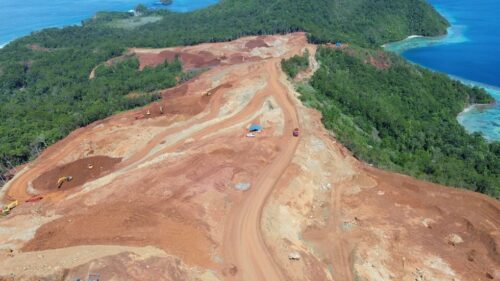
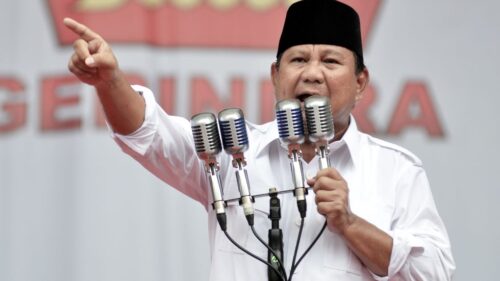
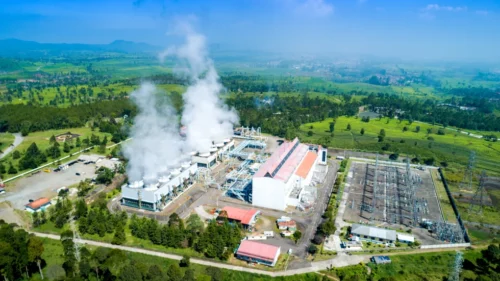
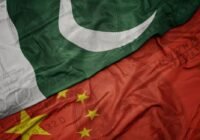
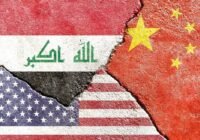



Comment